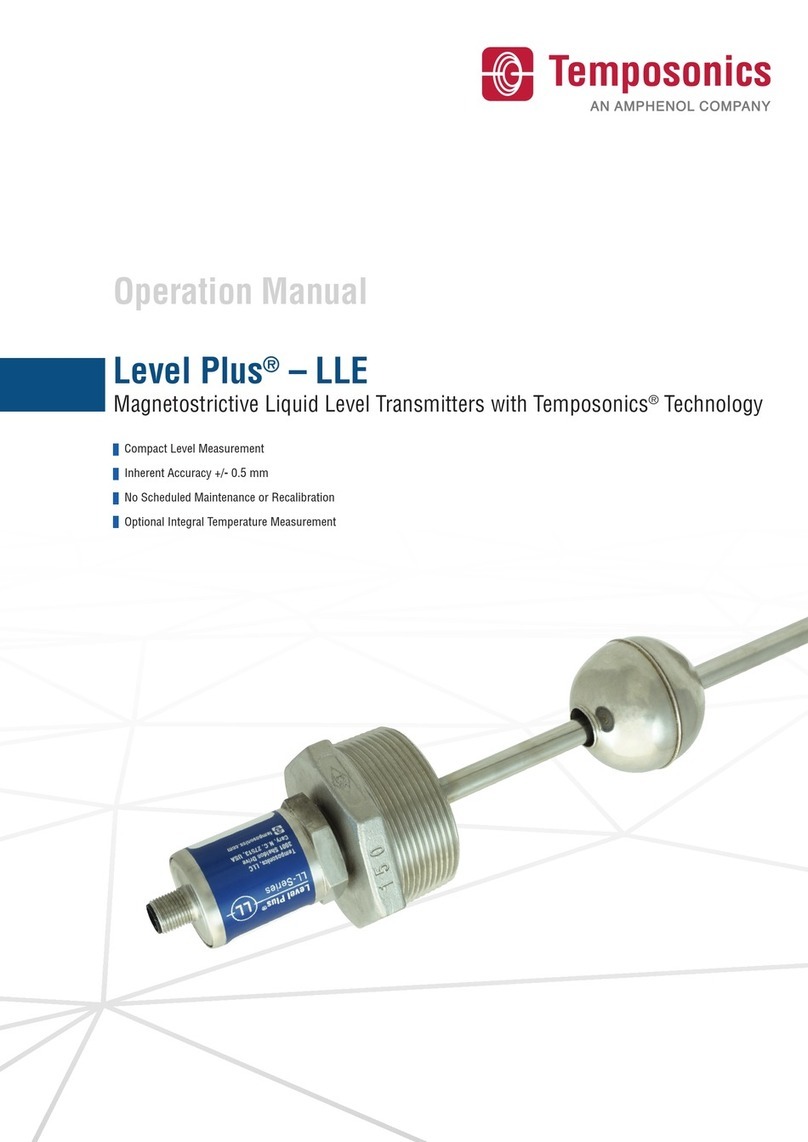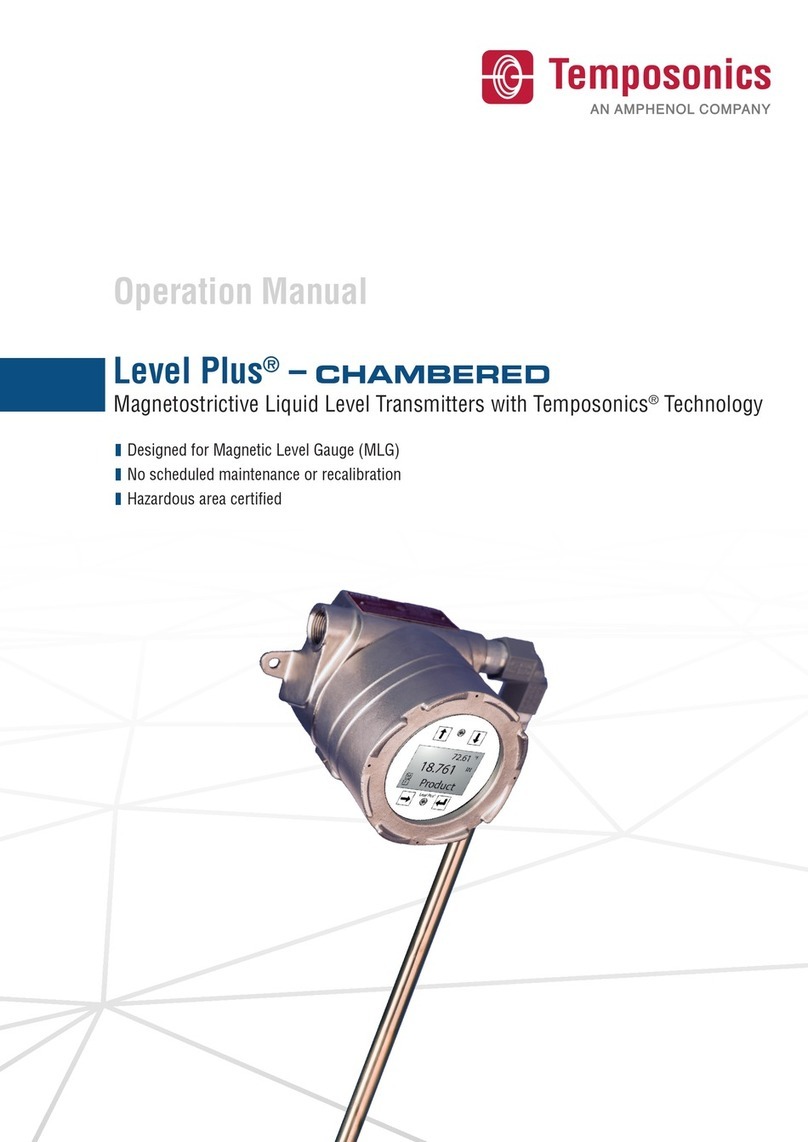
Table of contents
1. Contact information ........................................................................................................................................... 3
2. Terms and definitions ......................................................................................................................................... 3
3. Introduction..................................................................................................................................................... 5
3.1 Purpose and use of this manual ................................................................................................................................................................ 5
3.2 Used symbols and warnings ..................................................................................................................................................................... 5
4. Safety instructions............................................................................................................................................. 5
4.1 Intended use.............................................................................................................................................................................................. 5
4.2 Foreseeable misuse................................................................................................................................................................................... 6
4.3 Installation, commissioning and operation................................................................................................................................................ 6
5. Product overview .............................................................................................................................................. 6
5.1 Components.............................................................................................................................................................................................. 7
5.2 Accuracy.................................................................................................................................................................................................... 8
5.3 Warranty.................................................................................................................................................................................................... 8
5.4 Storage...................................................................................................................................................................................................... 9
5.5 CRN Specifications.................................................................................................................................................................................... 9
5.6 Model number identification.................................................................................................................................................................... 10
5.7 Technical data.......................................................................................................................................................................................... 12
6. Installation and mounting ...................................................................................................................................13
6.1 Training ................................................................................................................................................................................................... 13
6.2 Stilling wells and guide poles .................................................................................................................................................................. 13
6.3 Tools........................................................................................................................................................................................................ 13
6.4 Installation steps ..................................................................................................................................................................................... 13
6.5 Mounting................................................................................................................................................................................................. 13
7. Electrical connections........................................................................................................................................14
7.1 Basic information .................................................................................................................................................................................... 14
7.2 Safety recommendations......................................................................................................................................................................... 14
7.3 Industrial topologies................................................................................................................................................................................ 14
7.4 Cable recommendations.......................................................................................................................................................................... 15
7.5 Electrical conduit..................................................................................................................................................................................... 15
7.6 Grounding ............................................................................................................................................................................................... 15
7.7 Safety barriers......................................................................................................................................................................................... 16
8. Commissioning................................................................................................................................................17
8.1 Training ................................................................................................................................................................................................... 17
8.2 Tools........................................................................................................................................................................................................ 17
8.3 Setup software ........................................................................................................................................................................................ 17
8.4 Commissioning steps.............................................................................................................................................................................. 17
9. Maintenance...................................................................................................................................................17
9.1 Training ................................................................................................................................................................................................... 17
9.2 Tools........................................................................................................................................................................................................ 17
9.3 Inspection................................................................................................................................................................................................ 17
10. Repair.........................................................................................................................................................18
10.1 RMA policy............................................................................................................................................................................................ 18
10.2 Training ................................................................................................................................................................................................. 18
10.3 Tools...................................................................................................................................................................................................... 18
10.4 Setup software ...................................................................................................................................................................................... 18
10.5 Troubleshooting..................................................................................................................................................................................... 19
11. Spare parts ...................................................................................................................................................19
12. Interface ......................................................................................................................................................19
12.1 Modbus ................................................................................................................................................................................................. 19
12.2 DDA....................................................................................................................................................................................................... 19
12.3 HART®.................................................................................................................................................................................................. 19
13. Agency information .........................................................................................................................................20
13.1 Approvals overview ............................................................................................................................................................................... 20
13.2 Certificates ............................................................................................................................................................................................ 22
13.3 FM (NEC)............................................................................................................................................................................................... 22
13.4 FMC (CEC)............................................................................................................................................................................................. 33
13.5 ATEX and IECEx..................................................................................................................................................................................... 48






























